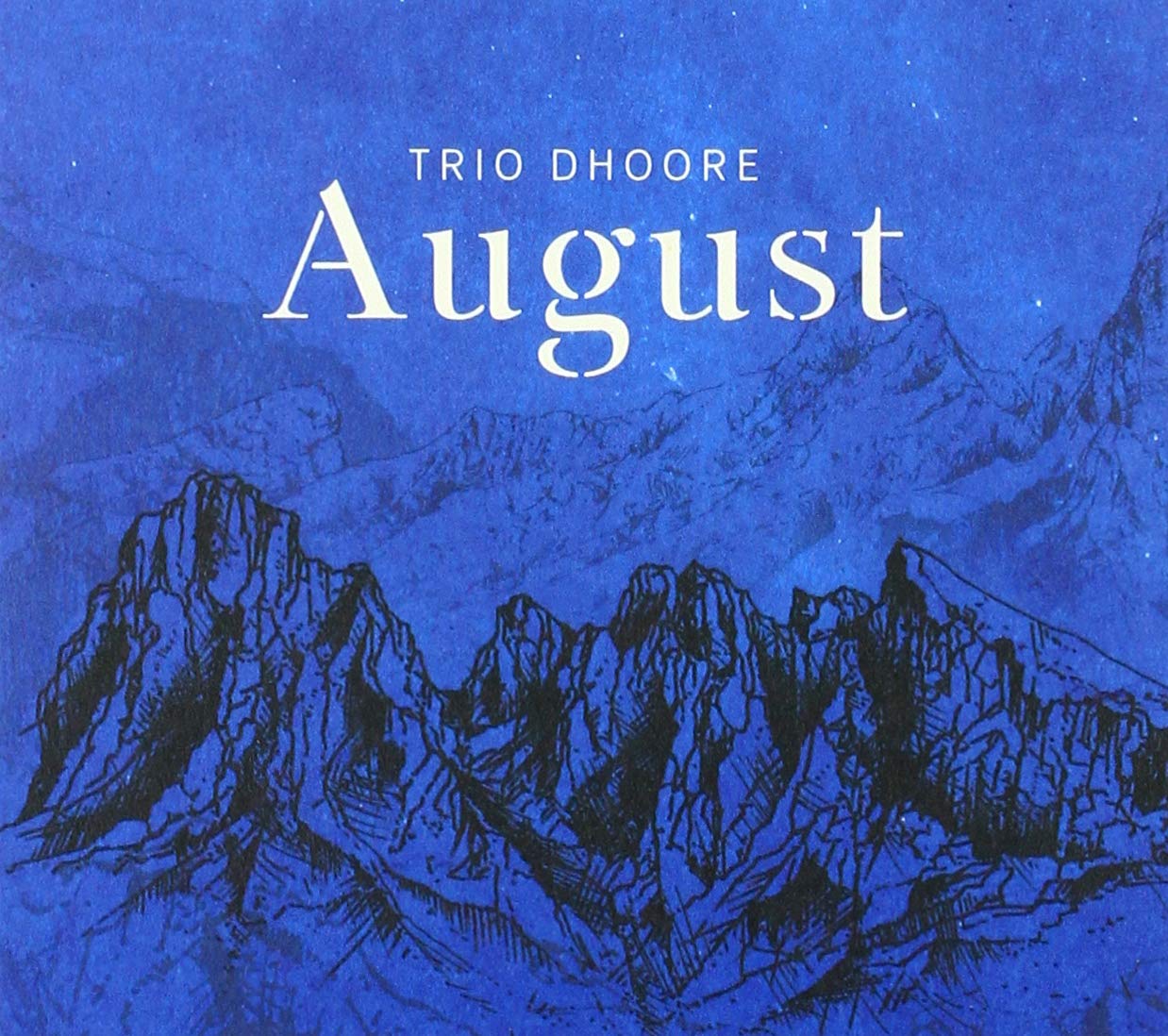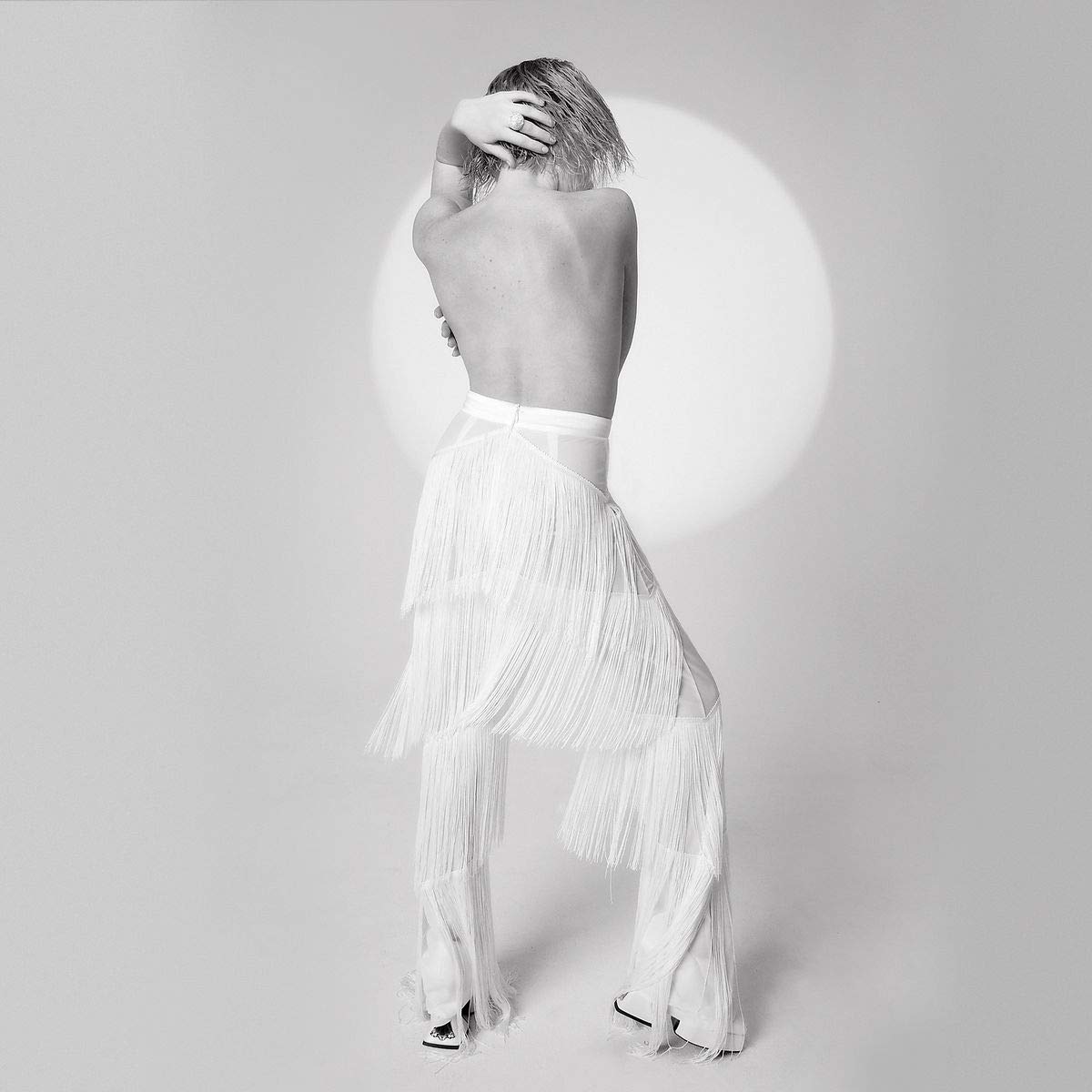As fringe music becomes ever more accessible, it also feels like I am listening to a smaller fraction of it every year, even as I spend more time listening. I listened to 76 albums new to me this year, 53 of them from 2019. Here are my seven favorite new albums from this year, in no particular order (all images link to the Amazon.com listing):
Lumos by Harry and the Potters – The first original music in 13 years from the pioneering Wizard Rock band composed of brothers Paul and Joe DeGeorge, all material from the album is drawn from the seventh book in the series (Harry Potter and the Deathly Hallows), which I serendipitously listened to on audiobook this year. The content is unsurprisingly relevant to today’s political environment, such as the tracks “On the Importance of Media Literacy Under Authoritarian Rule” and “No Pureblood Supremacy.” But within the effective narrative arc of the album, there are also short humorous and deep character reflections such as “Gone Campin’” (which builds up to the phrase “swordfish of Gryffindor”) and “What Happened to the Cat?”. And don’t miss “Hermione’s Army,” the disco-inflected track about the awesomeness that is Hermione Grainger. Probably the album that has given me the most joy this year.
Amidst the Chaos by Sara Bareilles – Bareilles’ first studio album in six years, as she took some time off from recording to create (and star in) a broadway musical. The album deals with love, loss, and also ventures into politics. Highlights include “Armor,” which was inspired by the 2017 Women’s March, and the emotional “Fire.” I was able to see Bareilles on the last stop of her live tour in November, a quality show with excellent, versatile musicians and use of stage effects.
August by Trio Dhoore – A folk instrumental album from a trio of Flemish brothers who play accordion, hurdy-gurdy, and guitar. The album is based on the story of a Flemish fisherman who survived 33 trips to Iceland in the 18th century. Most of tracks feature accordion and hurdy-gurdy playing in octaves with sparse and sometimes complex guitar strumming, but there is plenty of variation to hook the listener throughout the album.
Dedicated by Carly Rae Jepsen – This album is chock full of catchy, synthy tunes, including “Now that I Found You,” “The Sound,” and “Feels Right.” If you are in doubt of its quality, consider this—the first time I listened to this album I was running a race, and I won 3rd place in my age category, having never placed in a running race before.
Front Porch by Joy Williams – A solid, rootsy, and spare album (with a touch of gospel) from this former member of the Civil Wars; an improvement her last solo project, 2015’s Venus. Highlights include “Canary,” “Front Porch,” and “When Creation Was Young.”
Stranger Songs by Ingrid Michaelson – This pop and synth-laden tribute to the 1980s and inspired by the TV show Stranger Things is a stylistic departure for Michaelson, who is normally known for acoustic pop, but her songs still shine. Standout tracks include “Jealous” and “Missing You.” I recommend to fans of Michaelson’s earlier work and the TV series.
The Woman and Her Words by Hannah James & the JigDoll Ensemble – Hannah James (voice, accordion, and foot percussion) fronts this quirky English folk group. The memorable, mostly original songs have imaginative, thoughtful, and eclectic lyrics and arrangements. Highlights include “Hush Now,” a lullaby sung to a dead victim of American gun violence and the 10-minute story song “The Woman and Her Words,” about a workaholic husband and father. As someone with a weakness for irregular meters, I also must recommend the instrumental “What the Hell Was That?”
Soon, I will post my best pop songs of 2018 mix, so get ready.
Soon, I will post my best pop songs of 2018 mix, so get ready.



















